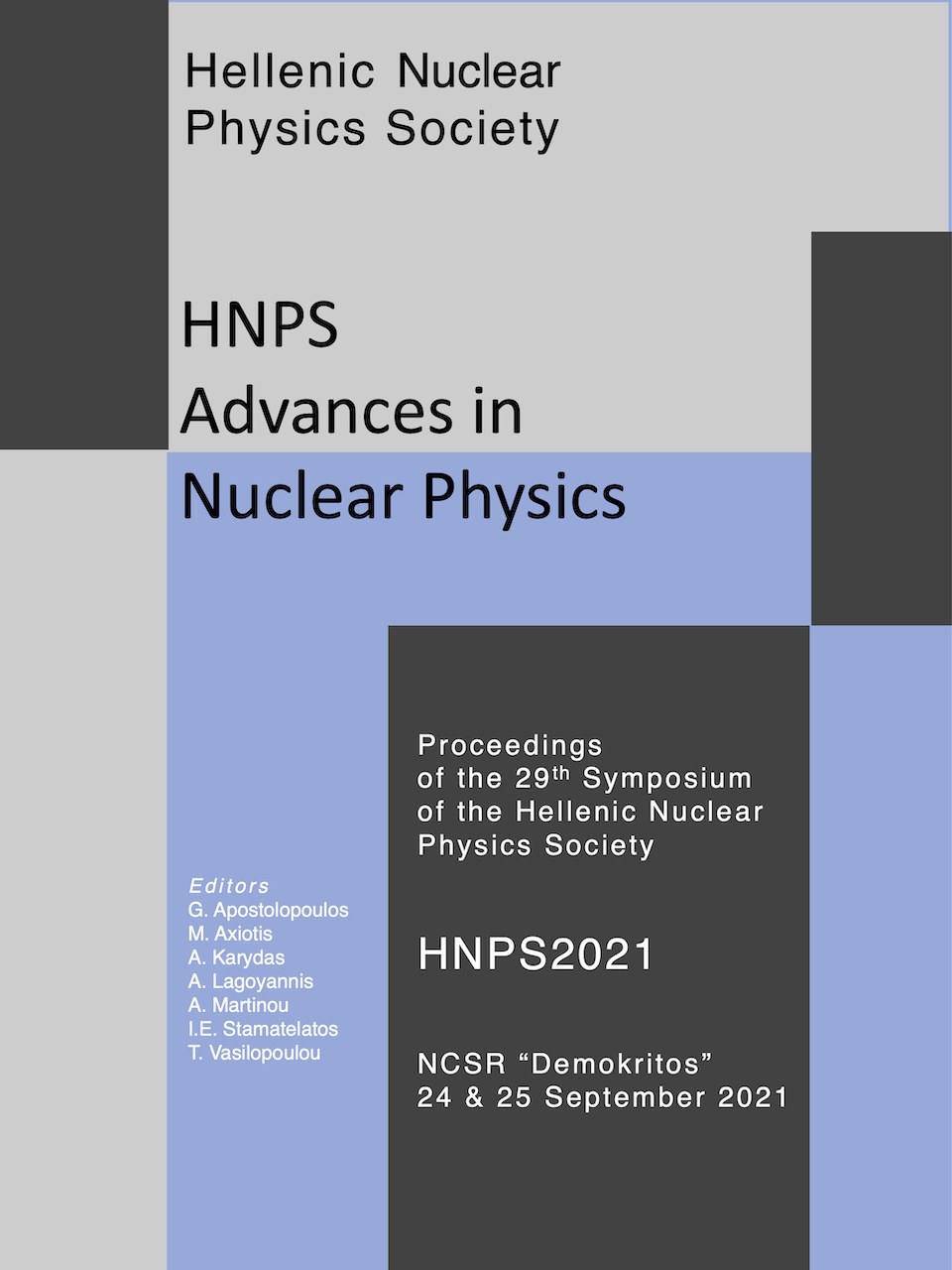Compton Suppressed Gamma Spectrometry for activation analysis of materials irradiated at JET

Published:
Oct 17, 2022
Keywords:
fusion JET Compton Suppression activation foils gamma spectrometry
Abstract
Compton Suppressed Spectrometry (CSS) provides a method to improve the peak-to-background ratio, and consequently counting statistics and the limit of detection. The NCSRD Fusion Technology Group CSS system consists of a NaI detector coupled to a 40% HPGe. The NaI detector consists of an annulus, surrounding the HPGe, and a plug, which can be removed for sample positioning, offering a 4π detection geometry. The signal processing chain of the configuration allows for the simultaneous collection of both the suppressed and the unsuppressed spectra. The simultaneous collection of suppressed and unsuppressed spectra allows the analyst to use the optimum spectrum, depending on the radionuclide to be determined. In this work, the performance of the CSS system in the analysis of dosimetry foils of different material samples irradiated at the Joint European Torus (JET) during the 2019 DD campaign is presented. The Compton continuum was significantly reduced providing better peak identification for peaks of non-cascade nuclides. The developed methodology will be applied to study the activation characteristics of materials to be used in ITER components manufacturing, after irradiation at the significant 14 MeV neutron yield during the JET DT campaign.
Article Details
- How to Cite
-
Savva, M. I., Vasilopoulou, T., Nobs, C. R., Packer, L. W., & Stamatelatos, I. E. (2022). Compton Suppressed Gamma Spectrometry for activation analysis of materials irradiated at JET. HNPS Advances in Nuclear Physics, 28, 211–214. https://doi.org/10.12681/hnps.3599
- Issue
- Vol. 28 (2021): HNPS2021
- Section
- Poster contributions

This work is licensed under a Creative Commons Attribution-NonCommercial-NoDerivatives 4.0 International License.
References
L. Packer et al., Nucl. Fusion 61, p. 116057 (2021)
L. Snoj et al., Nucl. Eng. Des. 261, p. 244–250 (2013)
L. W. Packer et al., Nucl. Fusion 58, p. 096013 (2018)
L. W. Packer et al., IAEA-TECDOC-1935, p. 313 (2020)
P. Batistoni et al., Rev. Sci. Instrum. 88, p. 103505 (2017)
J. Pearsall, “Compton Suppression - Made Easier” (2005)





